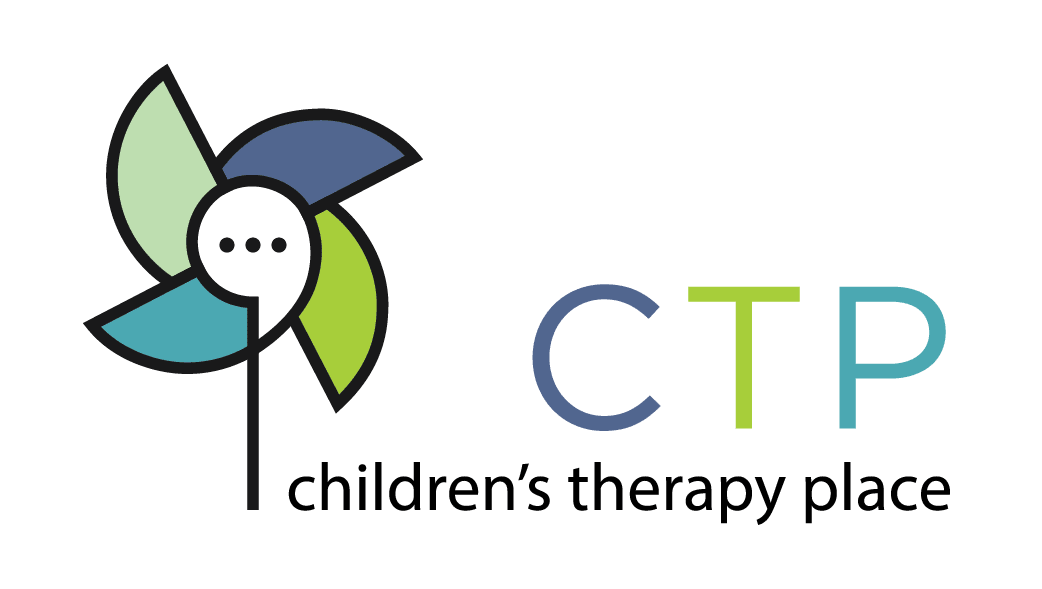The Zones of Regulation

By Jayme Rossow, OTD, OTR/L
The Zones of Regulation is a framework or curriculum used to facilitate self-regulation skills in children. Self- regulation is the ability to adjust one’s emotions for an appropriate response to the situation. To form an appropriate response, one is required to regulate their sensory needs, emotions, and impulses to complete a task, navigate an environment or demonstrate appropriate social behavior. An example of self-regulation could be when a child is asked by their parent to transition from their favorite video game to the dinner table for a meal. The child feels frustrated, annoyed, mad, etc. but, rather than yelling, ignoring the direction or demonstrating a negative behavior they utilize a calming tool and transition from their game with little to no difficulty. The Zones of Regulation is not meant to be used only with specific diagnoses. It can be used with those diagnosed with ASD, ADHD and ODD but, it can also be used to help any child who has difficulty with self-regulation. The curriculum can be taught by a multitude of professionals such as occupational therapists, speech language pathologists, special education and regular education teachers, psychologists, counselors and many more.
The Zones of Regulation begins by children learning about the 4 Zones (Blue, Green, Yellow and Red). The Blue Zone is for times of low alertness or when our brains and bodies are running “slow”. This includes the emotions of sad, tired, bored, sick, etc. The Green Zone is when we are regulated and at our best to perform. Emotions in the Green Zone include calm, happy, focused, being a good listener, etc. The Yellow Zone is when we are at a heightened state of alertness or when brains and bodies are running “fast” but, we are in control. This means we are feeling silly, frustrated, anxious, scared, nervous or excited but, can still calm ourselves down into the Green Zone with relative ease. The final zone is the Red Zone. The Red Zone is when we are at a max state of alertness or our brains and bodies are running “very fast”, and we are out of control. We feel mad, angry, mean, aggressive, terrified or elated. In this zone we have lost control of ourselves and have a difficult time calming back down into our Green Zone. From learning the 4 zones children progress to learning how to identify their or other’s emotions based on face and body clues (smile, rate of breathing, posture etc.), expected and unexpected behaviors, what zone is appropriate to be in for a situation, personal triggers, and a multitude of calming tools to use during triggers or times in the Yellow or Red Zones.
Although learned and expanded upon in clinic sessions, it is important The Zones of Regulation curriculum be implemented in the child’s home setting. Parent’s and caregiver’s have an important role in the Zones of Regulation curriculum to assist their child in assessing and expressing their zone’s/emotion’s and utilizing an appropriate calming technique in real-time, during everyday moments, when the child has difficulty self-regulating. When parents/caregivers and therapists collaborate and support the child with the curriculum they are providing a safe and supportive environment for the child to grow and practice their self-regulation skills.
For more information and resources about The Zones of Regulation visit their website at https://www.zonesofregulation.com/index.html . For any questions about The Zones of Regulation or if it would be an appropriate program for your child please ask your OT or contact CTP at 208-323-8888.

